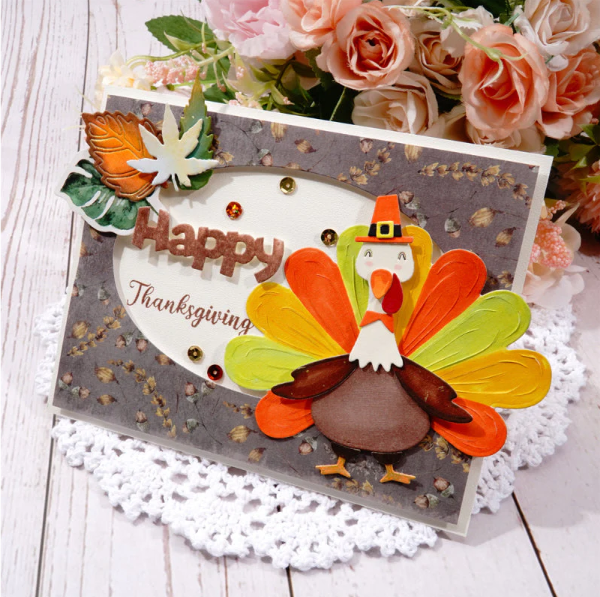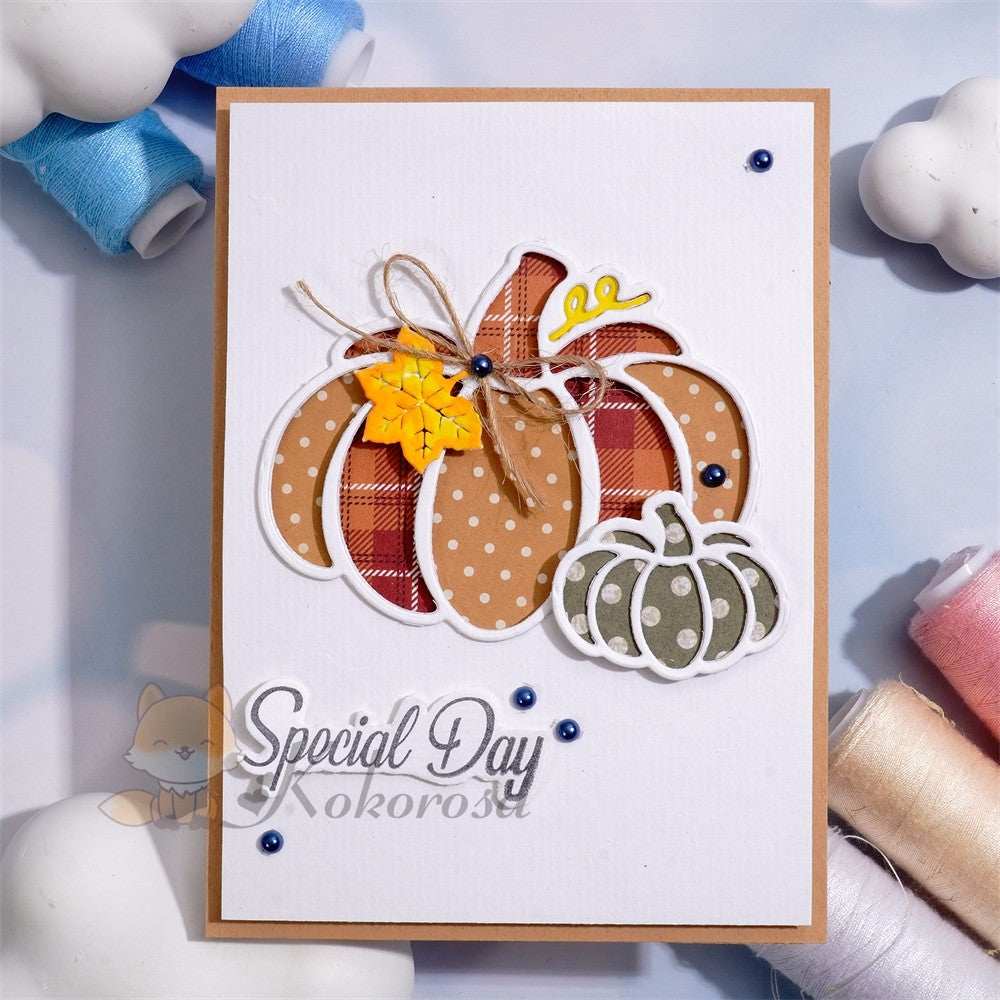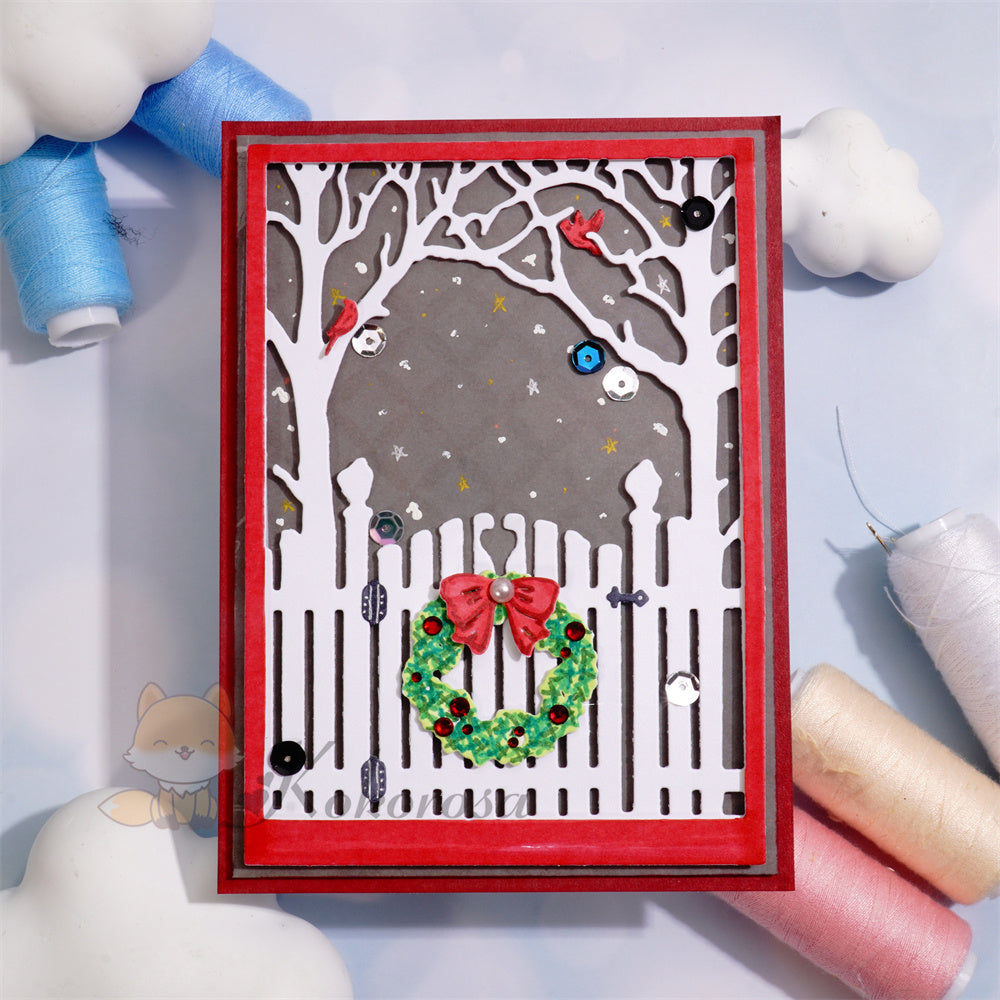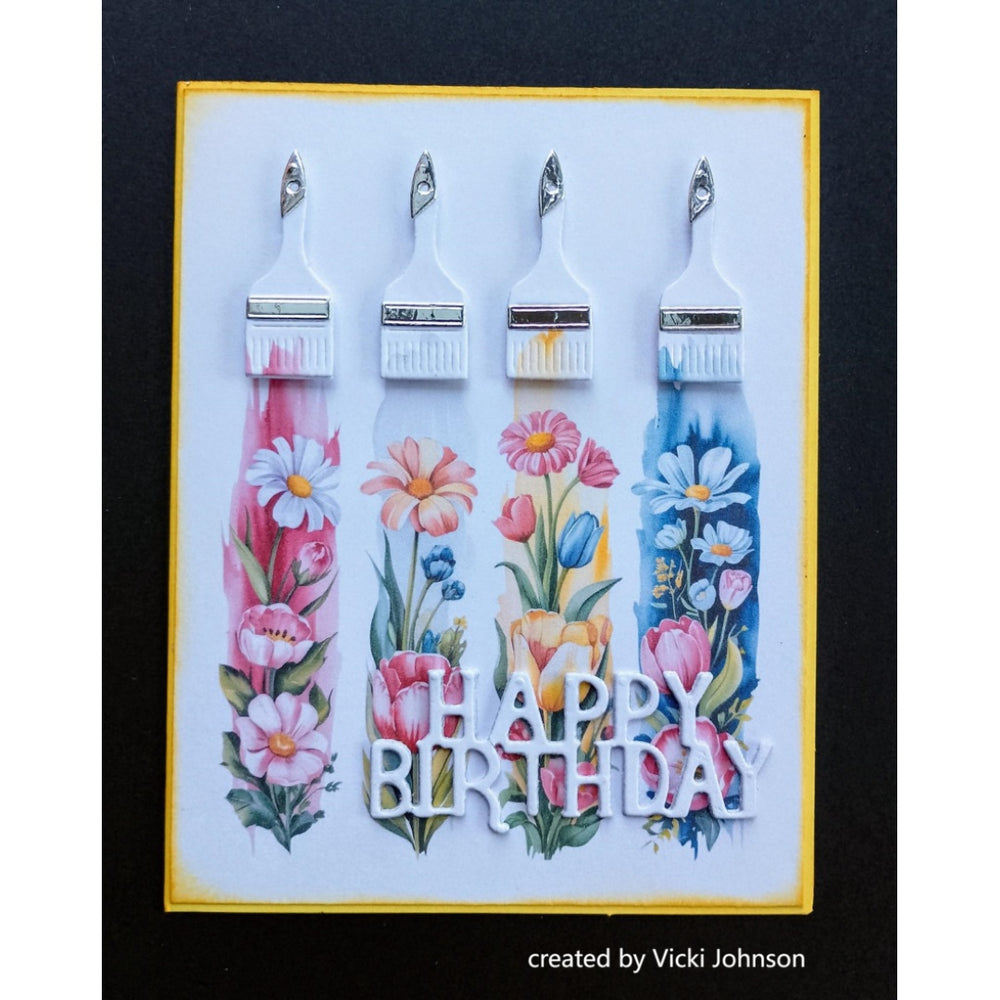Picking the Perfect Color Scheme: A Guide to Color Theory for Your Cardmaking Creations
Hi, crafters. How are you doing with your projects? Maybe it's time for advanced tutorials to level up your skills!
Color plays an essential role in the visual impact of any handmade card. The proper use of color creates a mood, sets a tone, and captures the essence of the occasion. In this blog post, we will introduce color theory and offer inspiration to help you pick the perfect color scheme for your cardmaking creations.
Understanding Color Theory:
Before we dive into selecting a color scheme for your cards, it's essential to understand color theory. The color wheel is an excellent tool to help you visualize the relationships between colors. Primary colors (red, yellow, and blue) are the building blocks of all other colors. When primary colors are mixed, they create secondary colors (green, orange, and purple).
Monochromatic:
A monochromatic color scheme uses different shades and tints of a single color. This scheme is ideal with a solid color for depth and contrast without overwhelming the project. For example, if you're working with green, you could select lighter shades for the foreground and darker green shades for the background.
Analogous:
An analogous color scheme involves choosing three colors that sit next to each other on the color wheel. For example, red-orange, orange, and yellow-orange. This scheme offers a balanced yet vibrant look and is a good choice for playful, energetic cards.
Complementary:
A complementary color scheme uses colors opposite each other on the color wheel, such as blue and orange or purple and yellow. This scheme offers a visually striking contrast that draws the viewer's attention. It is an excellent option for an accent color to stand out.
Triadic:
A triadic color scheme is created by choosing three colors evenly spaced apart from each other on the color wheel. For example, purple, green, and orange. This scheme provides brighter colors and better balance than an analogous scheme and can suit both playful and formal cards.
Inspiration from Nature:
Nature is an endless source of color inspiration. Look around and study the colors that appear together around us. Consider the colors of the sky, the colors of the flowers, or the subtle variations in the shades of leaves.
Consider the Occasion:
The occasion you are making the card for is an excellent place to find color inspiration. For example, pastel colors for a baby shower, vibrant colors for a celebration, or muted tones for a sympathy card.
In conclusion, choosing the perfect color scheme for your card can be challenging. However, understanding color theory and drawing inspiration from nature, occasions, and more can help simplify the process. By selecting a color scheme that captures the mood and emotion of the theme, you can create impactful and beautiful card designs. So, go ahead and experiment with color to create dazzling handmade masterpieces!













Leave a comment